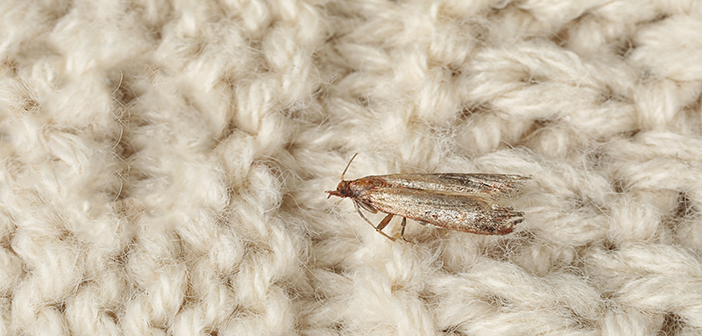The National Trust said it was surprised by a 39% slump in clothes moths, after a bumper year in 2021.
The Trust, which monitors the presence of insect pests each year, said it was surprised by the findings of its 2022 survey. Overall insect counts fell by 3% compared with 2021, but the presence of Tineola bisselliella slumped by 39%.
The clothes moths can cause serious damage to carpets, upholstery, taxidermy and woollen or silk objects. The larvae feed on protein in animal-based fabrics such as wool, fur, velvet and silk before they become winged insects.
The National Trust monitors 6,500 sticky traps placed in 180 properties each year. The traps are checked four times a year, with staff and volunteers counting and classifying tens of thousands of insects.
Hilary Jarvis, the National Trust’s assistant national conservator, who compiled the annual pest report, said the fall in the number of clothes moths was “surprising news” after an 18% rise in 2021.
“We had thought climate change would be a boon for this moth, which originates from South Africa and is no stranger to heat,” Ms Jarvis said.
“But changing weather patterns are challenging our thinking. Was it simply too hot – and perhaps more importantly too dry – for these particular moths to thrive in the warmest year on record?”
Other factors could be a natural correction and increased efforts by house teams to control the infestation, including the use of pheromones.


